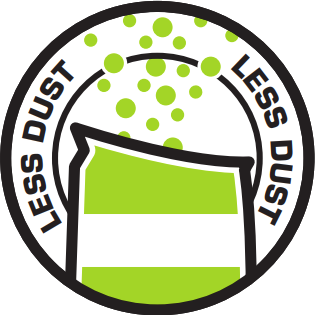V15 omnimix
Levelling mortars floor
Applications
Can be used as a levelling mortar under carpets, vinyl, varnished, cork, parquet and tiled floors. For levelling stony surfaces, such as concrete/cement screeds, including underfloor heating and old tiled floors. Not suitable for anhydrite screeds. Already walkable after approx. 3-4 hours. Ready for tiling after
3 x 24 hours. For other coverings, wait at least one week. This mortar is very fluid, which produces a perfectly smooth result after hardening. The mortar can be pumped (you are advised to first seek advice regarding the type of pump). Low tension layer, cracks practically impossible up to a layer thickness of 20 mm. Apply thicker layers in several stages. Suitable for interior work and well-drained surfaces, including outdoor work.
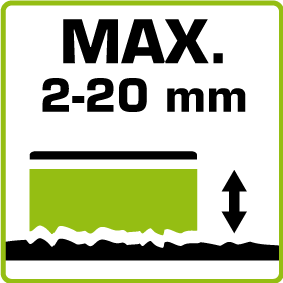
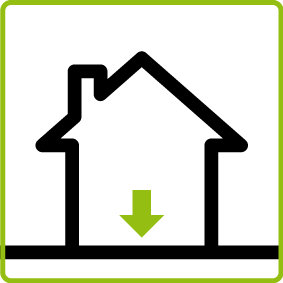
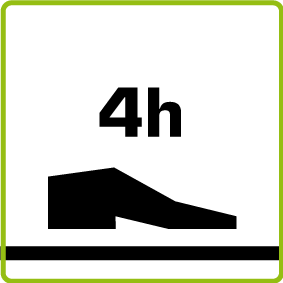
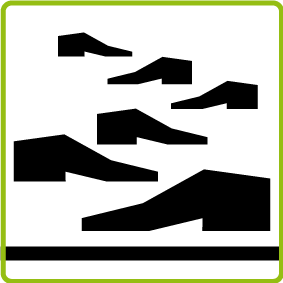
Getting started with V15 omnimix
Certificates and documents
Download the documents available from this specific product here.
Additional documents
Can't find the right certificate?
Contact usVideos
Here you will find the videos available for this specific product. If you didn't find what you were looking for, check out our YouTube channel.
Let us help you out
Why should I level?
A flat substrate is the basis for a good final finish. This is often overlooked. The possibility of making corrections during the application of the final finish is limited and time-consuming. A flat substrate ensures a flat end result.
Should I prime before leveling?
Yes, self-leveling compound is usually applied as a thinner and adhesive leveling layer. Primer is part of this leveling system and helps reduce suction, improve adhesion, and prevent air from escaping from the substrate. These factors can strongly influence the final result of the self-leveling layer during application and drying.
Does self-leveling compound naturally flow into a flat subfloor?
No, our self-levelers are developed with excellent flow properties but do not behave like water because they contain a large amount of fillers. Flat and level are also different concepts. For a flat appearance, you need the right amount of material (measured and indicated on the substrate), spread the self-leveler with a trowel or rake, and optionally use a spiked or venting roller for a flat (mirror) end result.




